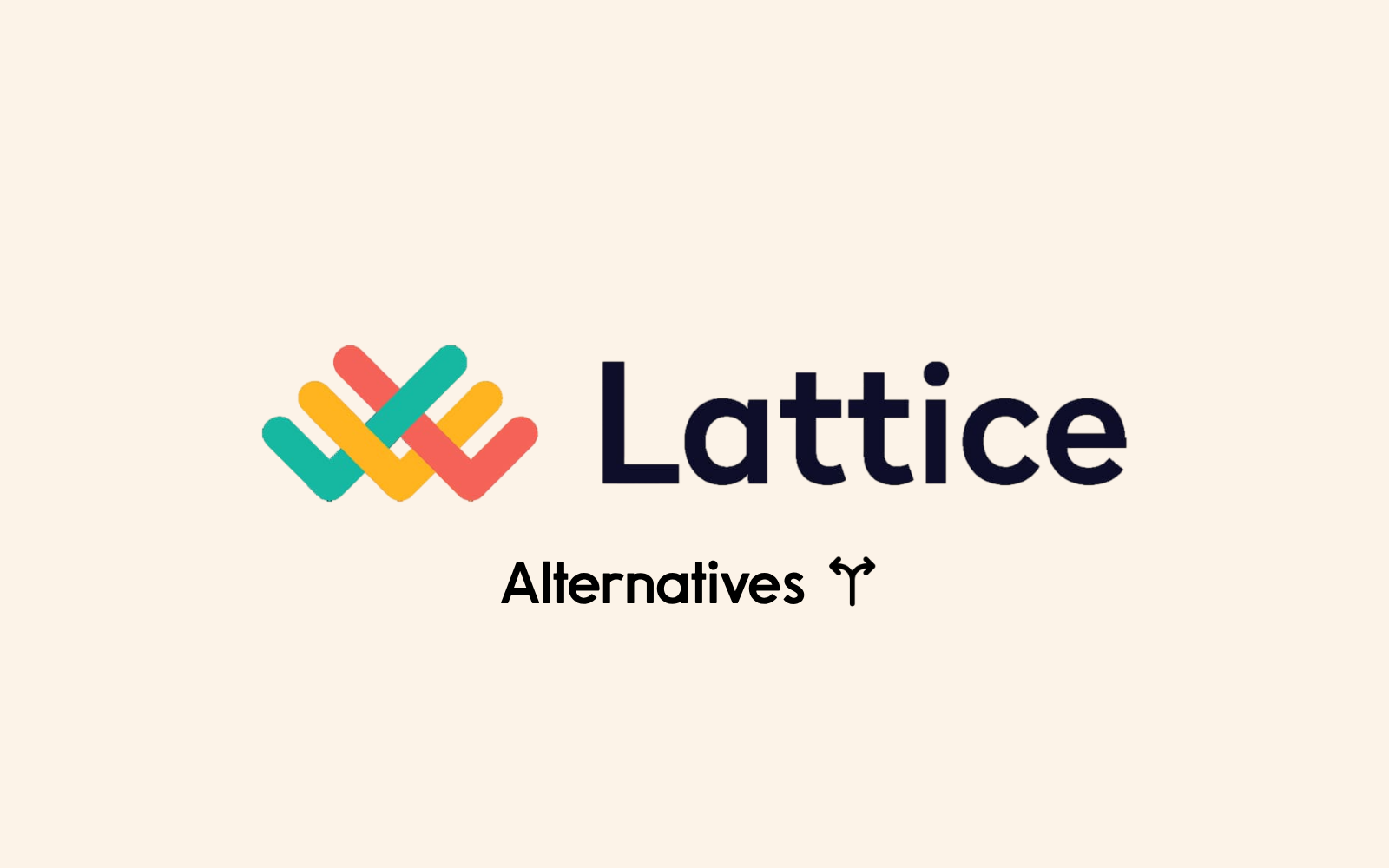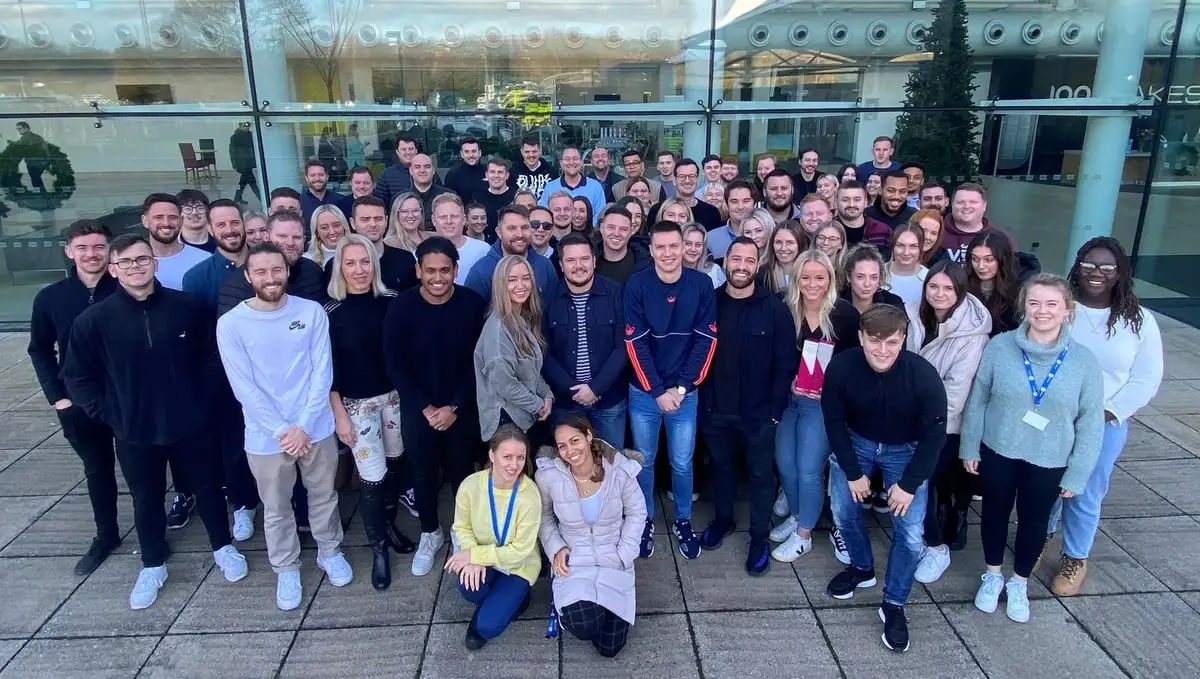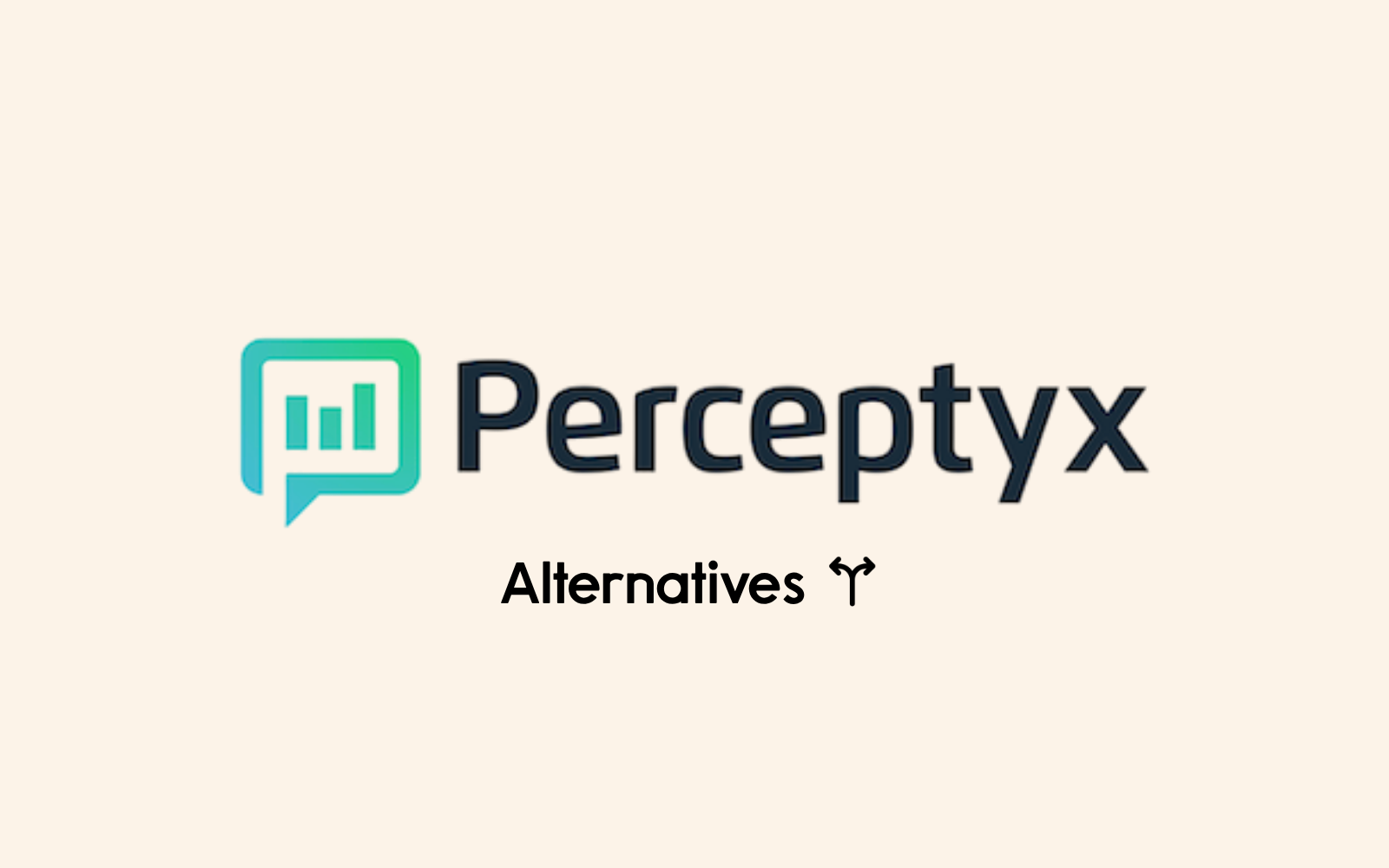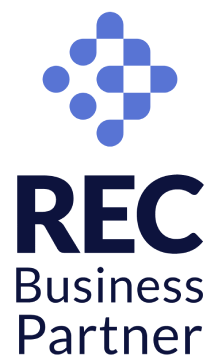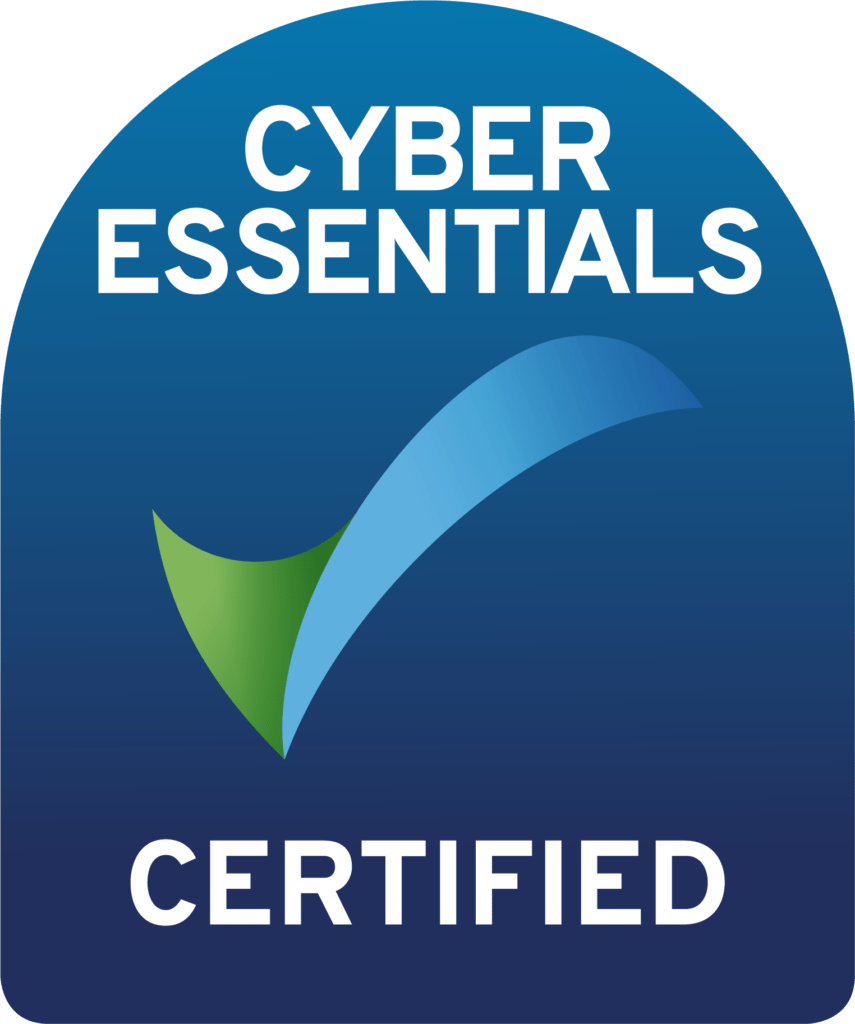Does your team sometimes feel like they’re operating on autopilot, going through the motions but not quite reaching their full potential? Perhaps they’re facing a specific challenge or simply lacking the spark of innovation. Whatever the situation, fostering a culture of continuous learning and development is crucial for any organisation that wants to thrive. This is where the CLEAR coaching model emerges as a powerful tool for unlocking individual and collective potential.
What is the CLEAR coaching model?
The CLEAR coaching model is an acronym representing a structured framework for facilitating effective and empowering coaching conversations. It’s designed to be simple yet impactful, applicable to various coaching scenarios, from helping team members overcome roadblocks to empowering leaders to manage their teams more effectively. Let’s delve deeper into each stage of the CLEAR model and explore how it can transform your team:
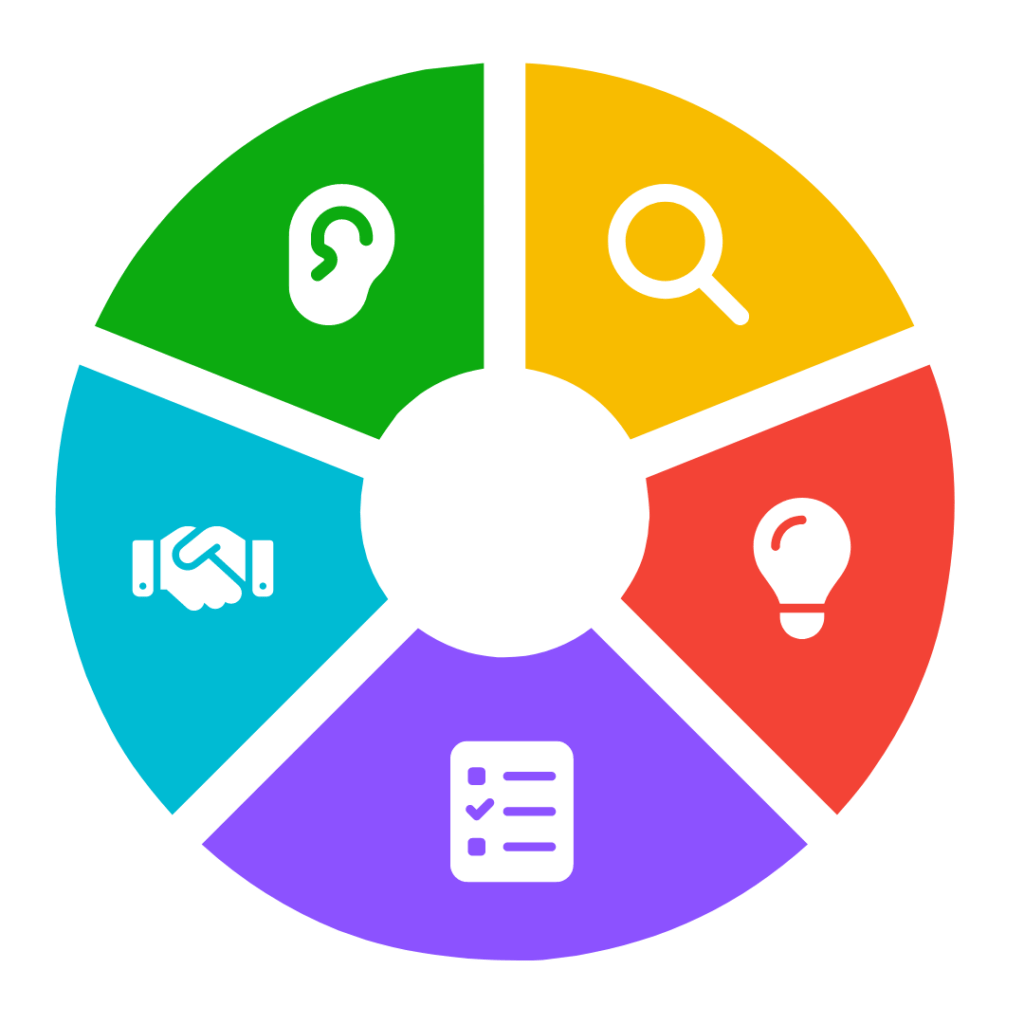
1. Contracting: Setting the stage for success
Imagine embarking on a road trip without a destination or an agreed-upon route. The contracting stage ensures clarity and alignment right from the beginning. Here, the coach and coachee (the person being coached) establish a strong foundation for their coaching journey by:
- Defining goals: What specific outcomes does the coachee hope to achieve through coaching? Are they aiming to improve communication skills, enhance critical thinking, or navigate a specific challenge?
- Setting expectations: This includes defining the roles of both the coach and coachee, establishing the coaching format (frequency of sessions, preferred communication mode), and outlining confidentiality guidelines.
- Establishing rapport: Building trust and a sense of safety is essential for open communication and productive coaching sessions.
By clearly outlining goals and expectations at the outset, the contracting stage lays the groundwork for a successful coaching relationship.
2. Listening: The power of active listening
At the heart of effective coaching lies active listening. This stage goes beyond simply hearing what the coachee is saying; it involves truly paying attention and demonstrating empathy. The coach creates a safe space where the coachee feels comfortable expressing themselves openly without judgment. Key elements of active listening include:
- Nonverbal cues: Maintaining eye contact, using an open and receptive body language, and nodding to acknowledge the coachee.
- Reflective listening: Rephrasing and summarizing what the coachee is saying to ensure understanding.
- Asking open-ended questions: Questions that begin with “how,” “what,” or “why” encourage the coachee to elaborate on their experiences and perspectives.
Through active listening, the coach gains valuable insights into the coachee’s thoughts, feelings, and challenges. This deeper understanding forms the basis for effective coaching interventions in the next stages.
3. Exploring: Charting New Territories
The exploration stage delves deeper into the coachee’s situation. Through insightful questioning and collaborative brainstorming, the coach guides the coachee in:
- Identifying roadblocks: What specific challenges are hindering the coachee’s progress? Are there skills they lack? Are they facing external obstacles?
- Examining perspectives: Exploring the situation from different angles can help the coachee identify blind spots and uncover new possibilities.
- Generating ideas: The coach encourages the coachee to brainstorm potential solutions and approaches to overcome their challenges.
This stage is not about the coach providing answers but rather empowering the coachee to discover their own solutions and develop self-awareness. The focus is on critical thinking, creativity, and exploring possibilities for growth.
4. Action: Turning insights into action
Transforming insights into actionable steps is crucial for progress. This stage involves:
- Developing a clear action plan: Together, the coach and coachee create a plan outlining specific, measurable, achievable, relevant, and time-bound (SMART) goals. This plan should include clear steps the coachee will take to achieve their designated goals.
- Identifying resources: Does the coachee require additional training, resources, or support to implement the action plan?
- Setting accountability measures: How will progress be tracked? Establishing clear checkpoints and celebrating milestones keeps the coachee motivated and on track.
The action stage ensures that the coaching conversation doesn’t just remain theoretical. By translating insights into concrete steps, the coachee becomes empowered to take ownership of their development. If you want to read about how you can implement this Action tracking framework company wide, check out this blog.
5. Review: Reflecting, celebrating, and refining
The review stage doesn’t signal the end of the coaching journey. It’s an opportunity to:
- Assess progress: Have the coachee’s actions yielded desired results? Are adjustments to the plan necessary?
- Celebrate achievements: Recognising progress, no matter how small, motivates the coachee and reinforces their commitment to the coaching process.
- Refine the approach: Based on the review, the coach and coachee might decide to modify the action plan, explore new strategies, or revisit certain challenges if needed. This continuous reflection ensures the coaching journey remains relevant and impactful.
The CLEAR coaching model: A catalyst for transformation
The CLEAR coaching model offers a structured yet flexible framework that can be adapted to various coaching scenarios within a business. Here’s how it can benefit your team:
- Enhanced employee engagement: By fostering open communication, providing support, and empowering individuals to take ownership of their development, the CLEAR model leads to a more engaged workforce.
- Leadership development: Equips leaders with the skills to coach and motivate their teams, fostering a culture of continuous learning and growth within the organisation.
- Improved problem-solving skills: Through collaborative exploration and brainstorming, the CLEAR model encourages critical thinking and creative problem-solving, leading to more effective solutions when facing challenges.
- Increased innovation: By empowering individuals to explore new ideas and approaches, the CLEAR model fosters a culture of innovation, driving progress and company success.
Implementing the CLEAR coaching model in your business
Ready to unleash the potential within your team? Here are some steps to get you started:
- Leadership buy-in: Secure leadership support for implementing the CLEAR coaching model. This ensures that coaching is recognised as a valuable tool for employee development.
- Coach training: Invest in training your leaders or designated coaches in the CLEAR model principles and effective coaching techniques.
- Start small: Begin by incorporating the CLEAR framework into existing one-on-one meetings or team discussions.
- Seek resources: Utilise online resources or training programs to further equip yourself and your team with coaching skills.
Conclusion
The CLEAR coaching model is a powerful tool for any organisation seeking to empower its employees and unlock their full potential. By fostering a culture of continuous learning, open communication, and collaborative problem-solving, the CLEAR model equips individuals and teams with the skills and confidence they need to thrive in today’s dynamic business environment. Start implementing the CLEAR model today and witness the transformative impact it can have on your team and your companies’ overall success.


